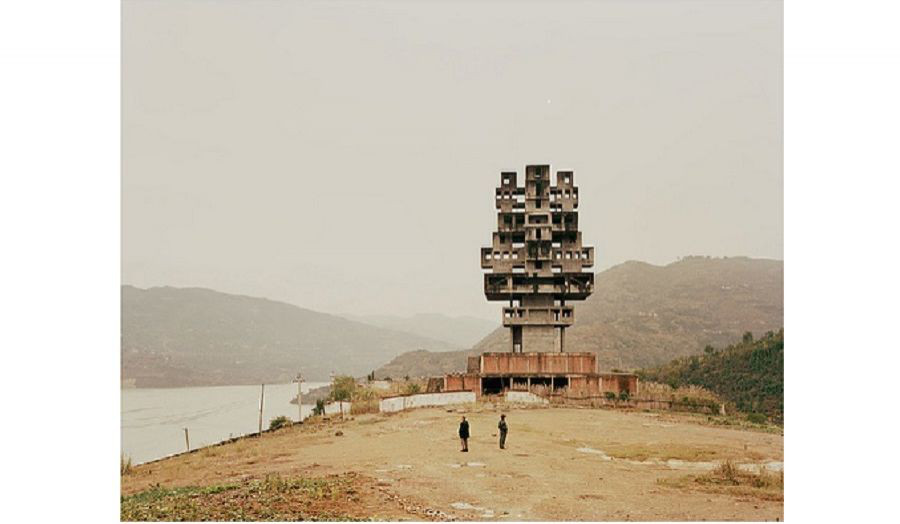Studio outline
What can film reveal about art, architecture and the city? There is a multitude of possible answers—and possible dissertations—depending on the discipline in question and on the works examined. Film has used architecture for its symbolic power (Jia Zhangke), or to convey ideas about individual and collective memory (Allain Resnais), or as an artificial setting which imposes moods and alters the course of stories (Michelangelo Antonioni).
On the other hand, filmmakers have for a long time refrained from filming paintings, but recent films, like Jem Cohen’s Museum Hours, are beginning to break this taboo and to recognize some of the hidden possibilities in the relationship.
Looking at it from the opposite end, we see that lately architects have recognised film as a useful tool in exploring or explaining architecture; fine artists increasingly turn to film to accompany exhibition pieces or installations; performance arts challenge their own boundaries by incorporating projections, etc. In other words, film may be the most reliable agent for the reincarnation of the Baroque dream to consolidate various art forms and integrate them in the fabric of society—not least because of its political power (see Benjamin).
First seven weeks of study
This studio offers students two dissertation options:
a) Project-based dissertation: Make a short film (5-30 minutes) as an initial form of study. This film aims to identify key qualities, issues, problems, etc. about your chosen subject. Write a paper of 4-5 000 words, analysing your approach and findings.
b) Conventional dissertation: Study your subject through existing films and texts, and produce a dissertation of 8-10 000 words.
Weeks 1 - 7: In the first seven weeks we will examine a variety of approaches through screenings of films; discuss topics and develop methodologies in filming, reading and writing, through group workshops.
Contact Tutor Hector Arkomanis
Reading List
Books
- 1. Benjamin, Walter, Illuminations: Essays and Reflections, English Language edition (New York: Schocken, 1969)
- 2. Boyer, M. Christine, The City of Collective Memory: Its Historical Imagery and Architectural Entertainments, 1st edition (pbk) (Cambridge, Mass.: The MIT Press, 1996)
- 3. Foster, Gwendolyn Audrey, Identity and Memory: The Films of Chantal Akerman (Trowbridge, Wiltshire, Eng.: Flicks Books, 1999)
- 4. Kracauer, Siegfried, Theory of Film (Princeton, N.J.: Princeton University Press, 1997)
- 5. Sontag, Susan, Against Interpretation: And Other Essays, 1st edition (New York, N.Y.: Picador, 2001)
Films
- 1. Akerman, Chantal, Chantal Akerman Collection (Cinéart, 2007)
- 2. Cohen, Jem, Museum Hours (Soda Pictures, 2014)
- 3. Jia, Zhangke, The World (Eureka Entertainment Ltd, 2012)
- 4. Resnais, Alain, Hiroshima Mon Amour (Optimum Home Entertainment, 2011)

